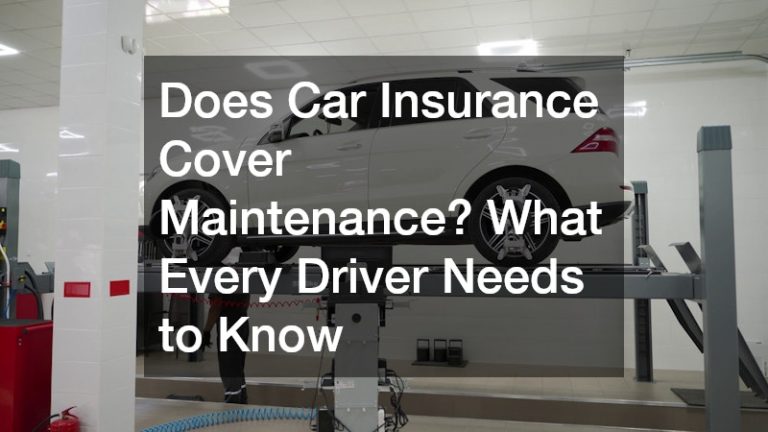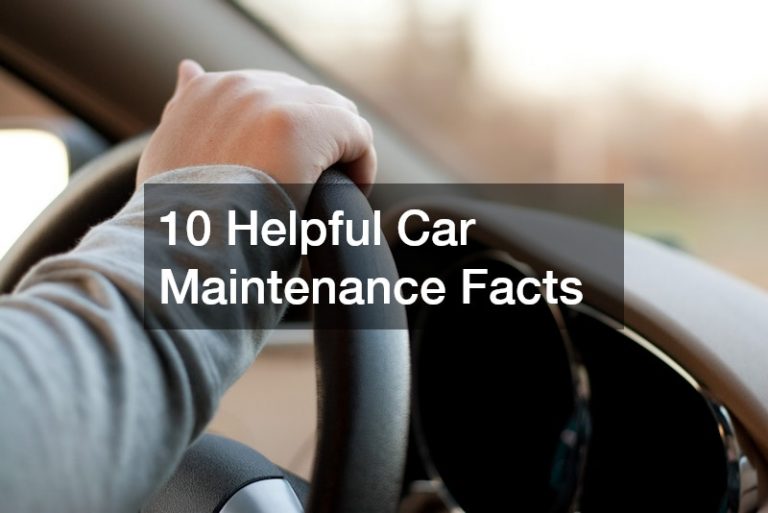- Regular tire pressure checks and alignment of wheels are crucial for preventing road accidents and improving fuel efficiency.
- Maintaining optimal levels of various car fluids ensures proper lubrication and reduces the risk of breakdowns.
- Regular brake maintenance ensures optimal performance and safety while keeping all car lights functional aids visibility.
- Overall, regular and timely maintenance contributes to safe driving, fewer breakdowns, and less costly repairs.
As a car owner, you prioritize your vehicle’s and passengers’ safety during travel. However, some may overlook the importance of regular maintenance in achieving optimal road safety. Ensuring that your car’s moving parts are running smoothly and that all critical systems are in good working condition is essential for safe and worry-free driving. This blog will share critical maintenance tips that all car owners should know and follow to enhance their vehicle’s safety.
Check your tire pressure regularly.
One of the most common causes of road accidents is tire blowouts. This can occur when a tire is underinflated, overheated, or severely damaged. Therefore, car owners must regularly check their tire pressure levels and keep them at the recommended levels specified in the vehicle’s manual. Doing so will not only prevent blowouts but will also increase fuel efficiency and prolong the life of your tires.
Make sure your wheels are aligned.
Misaligned wheels can cause uneven tire wear and decrease the overall stability of your vehicle. This is especially dangerous when driving at high speeds as it can lead to loss of control and accidents. To avoid such risks, it’s essential to get a car wheel alignment regularly, typically every 6 months or every 6,000 miles. This will ensure that your wheels are correctly aligned and help improve overall driving performance.
Top up your car’s fluids regularly.

Another crucial aspect of car maintenance is regularly checking and topping up your vehicle’s fluids. This will ensure that your car’s engine and other systems are adequately lubricated, reducing the risk of breakdowns and costly repairs. The fluids to check include the following four:
Engine oil
The engine oil is responsible for lubricating the engine’s moving parts and preventing them from overheating or sustaining damage. Make sure to check your oil levels regularly and top up if necessary, following the recommended grade specified in your car’s manual.
Brake fluid
Brakes are a critical safety feature of any vehicle, and keeping them in good working condition is vital for safe driving. Regularly checking and topping up your car’s brake fluid will ensure that your brakes are effective and responsive when you need them.
Coolant
The coolant is responsible for maintaining the temperature of your engine, preventing it from overheating. Make sure to check the coolant levels regularly and top up if necessary, using a mixture of equal parts water and antifreeze for optimal performance.
Transmission fluid
The transmission fluid is responsible for keeping the gears of your car’s transmission system lubricated, allowing for smooth gear shifts. Regularly checking and topping up this fluid will ensure that your transmission system remains in good working condition.
Other fluids to check, such as power steering fluid and windshield washer fluid, also play essential roles in your car’s performance. Make sure to regularly check and top up these fluids for optimal safety and driving experience.
Maintain your brakes.

Your brakes are a critical safety system in your car, and no amount of maintenance is too much when it comes to ensuring their optimal performance. Keep the brake system in good working condition by regularly checking the brake pads and brake fluid levels. Watch out for any odd sounds or strange behaviors when the brake pedal is pressed, as these could be early signs of failure or malfunction.
Keep all lights functional.
As a driver, you must have good vision while on the road. Conversely, other road users – drivers and pedestrians alike – must be able to see your car as well. This is why maintaining all of your car’s exterior lights is so important. Taillights, headlights, brake lights, and turn signals must all be in good working condition so that you can navigate safely and avoid potential collisions.
Timely and regular maintenance is integral to enjoying a safe and smooth driving experience. The tips outlined in this blog are not exhaustive but represent some of the most essential maintenance tasks that every car owner should prioritize.
Remember, a well-maintained car doesn’t just mean fewer unexpected breakdowns and costly repairs – it plays a crucial role in ensuring your safety and that of others on the road. It’s also worth noting that each vehicle is unique, so always refer to your owner’s manual for specific maintenance procedures and schedules. Safe driving is, after all, the outcome of a well-maintained vehicle and a vigilant, responsible driver.









